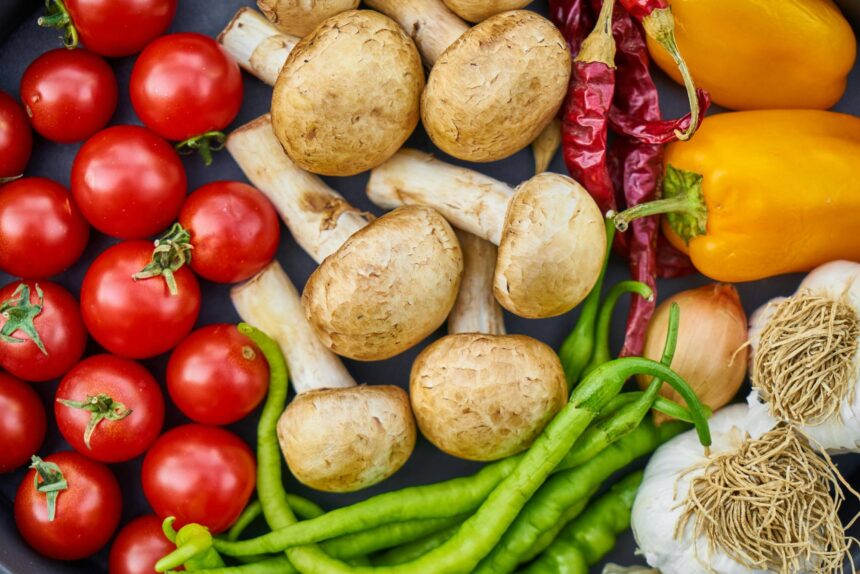As I travel across Ontario’s diverse regions, from the bustling farmers’ markets of Toronto to the quiet family farms dotting the rural landscapes, one thing becomes increasingly clear: Ontarians care deeply about where their food comes from.
Last week, the provincial government unveiled a new digital tool that might fundamentally change how residents connect with local agriculture. The Ontario Local Food Map, an interactive online platform, now allows consumers to locate nearby farms, markets, and food producers with unprecedented ease.
“This is about bridging the gap between field and table,” said Lisa Thompson, Minister of Agriculture, Food and Rural Affairs, during the virtual launch event I attended. “Every dollar spent on local food strengthens our communities and supports the hardworking families who feed our province.”
The timing couldn’t be more significant. With food inflation hitting Canadian households hard – Statistics Canada reported a 5.2% year-over-year increase in grocery costs last month – more families are seeking affordable, sustainable alternatives to corporate supermarket chains.
The map currently features over 750 local food businesses, from small-scale vegetable farms to artisanal cheese producers and everything in between. Users can filter results by product type, location, and even special designations like organic certification.
During my conversation with Sylvia Jones, MPP for Dufferin-Caledon, she emphasized the map’s potential economic impact. “Every region of Ontario has its unique food story. This platform helps tell those stories while creating real economic opportunities for rural communities that have struggled during the pandemic.”
The development comes as Ontario’s $47 billion agri-food sector works to recover from supply chain disruptions and labor shortages. According to the Ontario Federation of Agriculture, local food systems proved more resilient during COVID-19 disruptions, with direct-to-consumer sales increasing by nearly 25% since 2019.
In Timmins, where I spent time speaking with local producers last month, the reception has been cautiously optimistic. Sarah Lamarche, who operates Green Acre Farm just outside the city, told me she’s already seeing new customers.
“We’ve had five new families visit after finding us on the map,” Lamarche said while harvesting late-season carrots. “For small producers like us who can’t afford fancy marketing, this visibility is game-changing.”
Not everyone shares this enthusiasm, however. Critics point out that the map currently skews toward southern Ontario, with fewer listings in northern communities where food security concerns are often most pressing.
Keith Currie, president of the Ontario Federation of Agriculture, acknowledged this limitation when I interviewed him by phone. “We recognize the distribution isn’t yet where it needs to be. We’re actively recruiting producers from underrepresented regions to join the platform.”
The map represents a growing policy shift toward food sovereignty – the idea that communities should have more control over how their food is produced and distributed. This concept has gained traction since the pandemic exposed vulnerabilities in global food supply chains.
The Ontario Local Food Act, passed in 2013, established the groundwork for initiatives like this map. The legislation aims to increase awareness of local food, boost markets for local products, and improve food literacy among consumers.
What makes this particular tool noteworthy is its accessibility. Unlike previous government efforts that often drowned in bureaucratic complexity, the map interface is remarkably straightforward – I watched my 68-year-old neighbor navigate it with ease during a community demonstration in Ottawa last weekend.
“I’ve lived here forty years and just discovered a honey producer five kilometers from my house,” she told me, clearly delighted.
The platform also integrates educational resources about seasonal eating and sustainable agriculture practices. This reflects research from the Greenbelt Foundation showing that 78% of Ontarians want to learn more about where their food comes from and how it’s produced.
For urban consumers especially, the map offers a window into rural Ontario that many rarely experience. As someone who regularly travels between these worlds, I’ve observed the growing disconnect between those who produce our food and those who consume it.
Carol Mitchell, a former Minister of Agriculture and longtime farmer in Huron County, sees the map as part of a necessary reconnection. “When you know your farmer, you know your food,” she explained during a rural economic development panel I moderated last month. “This technology is using modern tools to revive traditional relationships.”
The initiative arrives at a moment when climate considerations are increasingly influencing consumer choices. The Environmental Commissioner of Ontario estimates that locally sourced food travels an average of 50-250 kilometers from farm to plate, compared to 2,500-4,000 kilometers for imported products – representing a significant carbon footprint reduction.
What remains unclear is how the map will evolve beyond its initial launch. Government officials have promised regular updates and expansion of listings, but questions about long-term funding and maintenance persist.
For now, though, the platform represents a tangible step toward what many food policy advocates have long requested: making local food visible, accessible, and part of everyday shopping habits for ordinary Ontarians.
As Maria Stevens, a single mother I met at the North Bay Farmers’ Market, put it: “I don’t have time to drive around looking for local options. Having everything mapped out means I can actually make the choices I want to make for my family.”
Perhaps that simplicity – turning good intentions into practical action – is what makes this digital tool worth watching in the months ahead.






